Menu
Trees are more than towering entities in our landscapes; they are essential to our ecosystem, providing shade, oxygen, and aesthetic beauty. However, the decision to cut tree roots, whether driven by the need to construct, clear space, or address potential hazards, comes with a series of dangers that demand careful consideration. At Driscoll Tree Service, we leverage extensive knowledge and expertise, ensuring quality services. Let’s look at the risks associated with cutting tree roots and the significance of seeking help from professional arborists.
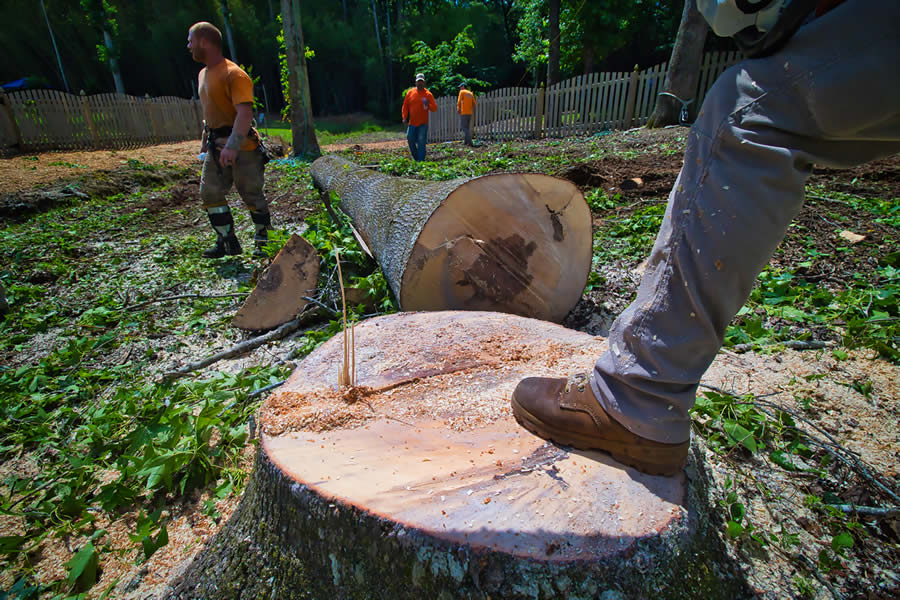
Tree roots are a vital anchor, securing trees into the ground while facilitating water and nutrient absorption. The intricate network of roots extends far beyond what meets the eye, playing a pivotal role in the overall health and stability of the tree. Altering or cutting tree roots disrupts this delicate balance, leading to potential issues.
Cutting tree roots can compromise the tree’s stability. Roots provide the foundation that prevents trees from toppling during storms or high winds. Disrupting this balance could lead to unexpected falls that could damage property, endanger lives, and disrupt the surrounding environment.
Severing tree roots can severely affect the tree’s ability to absorb water and nutrients from the soil. This can lead to a weakened tree, making it more susceptible to diseases, pests, and even death. Trees may exhibit signs of stress, such as wilting leaves and diminished growth.
When tree roots are cut on one side, the tree might lean or tilt in the opposite direction. This uneven weight distribution can cause structural imbalances, rendering the tree unstable and hazardous.
Trees sometimes respond to root cutting by initiating new root growth. While this might seem like a solution, it can lead to uncontrolled root sprouting, creating a thicket of new roots that further disrupt the soil structure and increase the risk of tripping hazards.
In response to root cutting, some trees regrow to compensate. However, this causes an uncontrollable tangle of new roots, undermining soil stability and increasing the risk of tripping hazards. The best way to avoid such scenarios is to hire a trusted tree care company for routine maintenance. We leverage innovative equipment and proven strategies to mitigate regrowth and other subsequent hazards.

Given trees’ complex nature and root systems, it’s imperative to seek help from a professional service when considering tree removal and root cutting. While DIYers can handle minor projects, here are reasons to work with a tree care company.
Professional tree services employ proper techniques when cutting tree roots to minimize the impact on the tree. These techniques include strategic pruning, root barrier installation, and promoting healthy root growth.
Arborists prioritize the preservation of trees whenever possible. They can offer alternative solutions, such as root redirection or selective pruning, to achieve your goals without endangering the tree’s well-being.
Many areas have legal regulations surrounding tree removal and root cutting. Professional tree services are well-versed in these regulations, ensuring compliance while minimizing environmental impact.
Cutting tree roots is not a decision to be taken lightly. The potential dangers of destabilizing trees and compromising their health are significant. Consulting professional tree services is crucial for making informed choices that balance your needs with preserving these vital natural assets. Contact us at the Driscoll Tree Service and schedule a consultation with our team of experts.
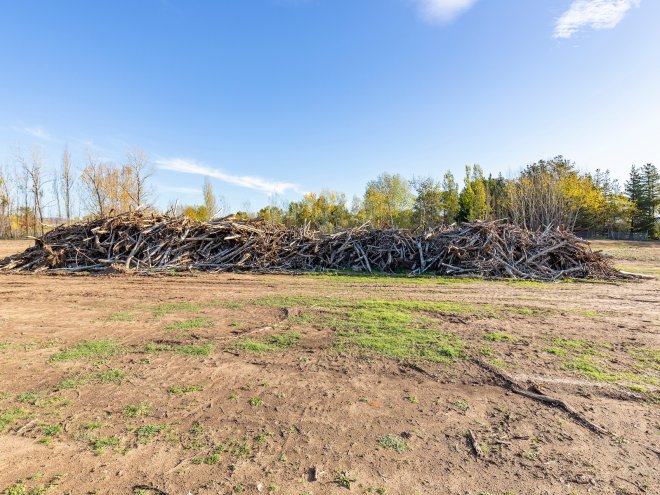
Best Tips to Clear Overgrown Land Land is one of the best investments you can make, but here’s the catch: if you want to unlock its full potential, then you’ve got to cultivate or develop it. Before you can do…
Read More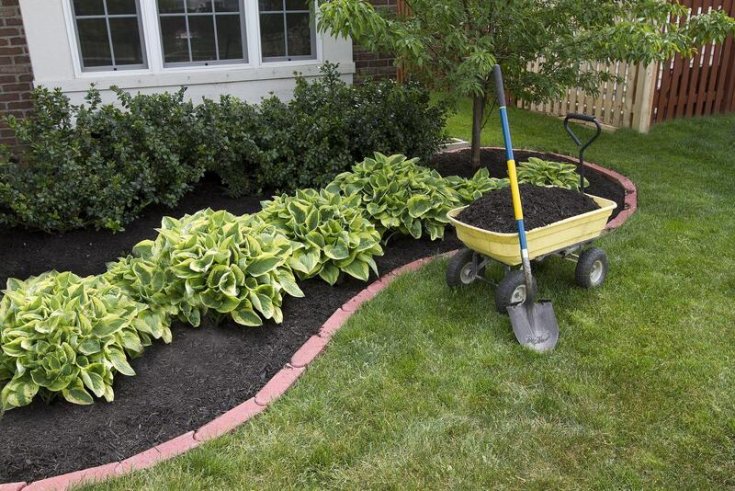
What are the Benefits of Brush Mulching? Mulching is a standard tree care practice that helps with moisture retention and soil nourishment. While there are several mulching techniques, brush mulching offers a sustainable solution to land management, as it entails…
Read More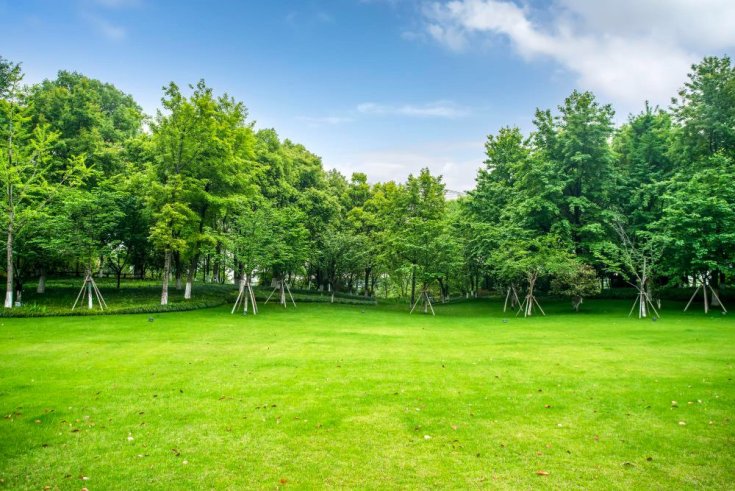
Most Interesting Facts About Trees Trees provide more than just clean air for the planet; they are entities that have been around for many years, bearing witness to Earth’s rich history. As a professional tree care company, the Driscoll Tree…
Read More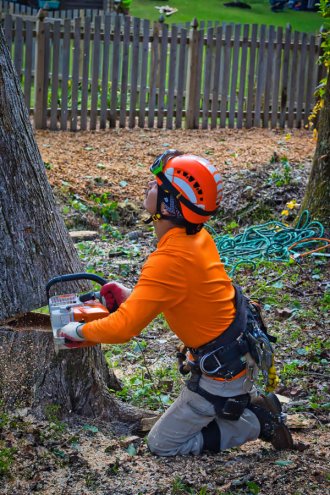
Tree Pruning: DIY vs. Hiring a Professional Trees rarely need any maintenance in the winter because they are dormant. However, spring is around the corner and offers property owners a chance to prune trees in the backyard. It is advisable…
Read More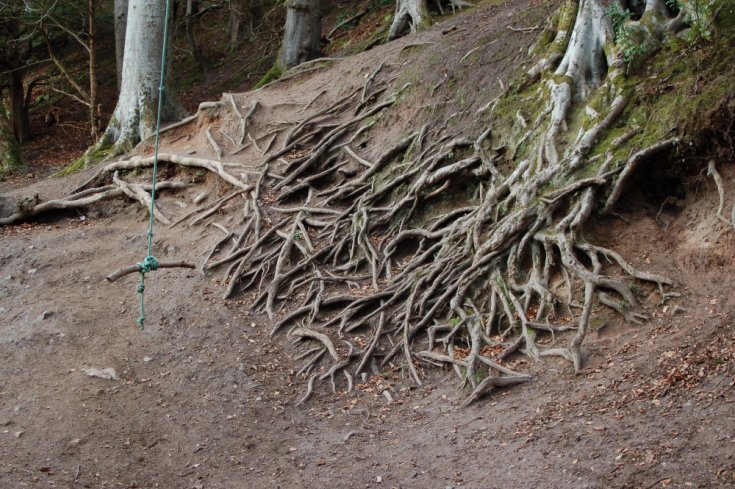
Are Exposed Tree Roots Bad? Exposed tree roots might look like an enchanting natural feature, but those gnarled “wooden serpents” at your feet are more than just a quirky accent of your tree. In fact, roots surfacing above the soil…
Read More
It’s one of the most classic homeowner dilemmas: you plant a tree, watch it grow tall and proud for decades until, one day, you notice the driveway starting to buckle. Cracks appear and spread; the once-smooth concrete begins to lift…
Read More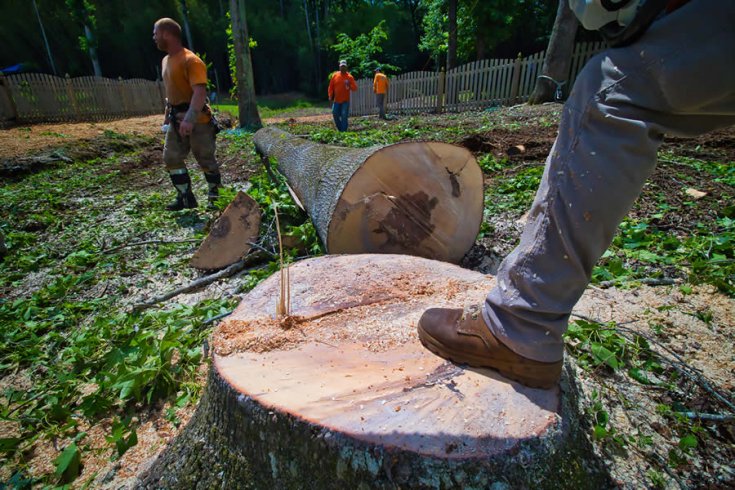
Are There Dangers in Cutting Tree Roots? Trees are more than towering entities in our landscapes; they are essential to our ecosystem, providing shade, oxygen, and aesthetic beauty. However, the decision to cut tree roots, whether driven by the need…
Read More
Tree Removals for Pool Construction Installing a pool in your backyard is an exciting project, especially when you have countless hours of relaxation, fun, and exercise to look forward to. However, the journey from planning to the first swim often…
Read More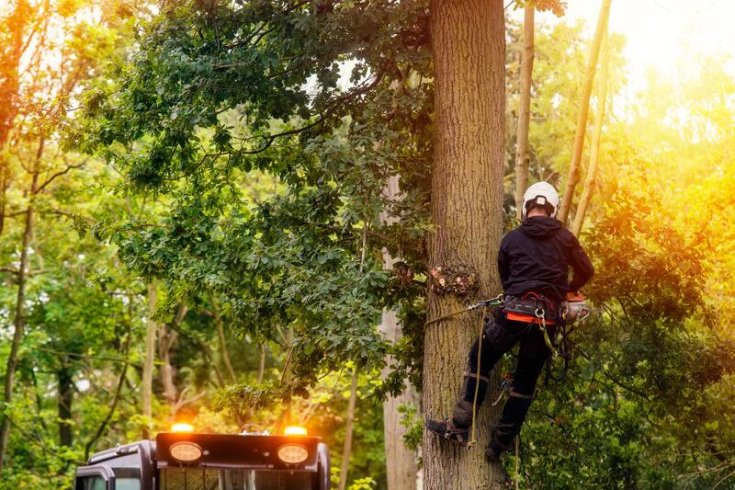
Is it Possible to Minimize Storm Damage to Trees? Trees play a critical role in our environment, providing many benefits like shade, oxygen, and beauty to our landscapes. However, they can also be vulnerable to the destructive forces of nature,…
Read More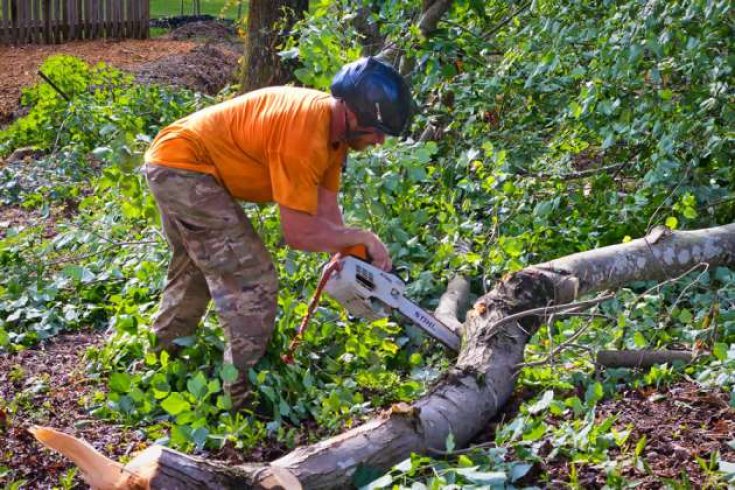
Tree Maintenance Tips to Prevent Property Damage Trees on your property can enhance its beauty and provide many environmental benefits. However, without proper maintenance by a professional tree care company, trees can become a liability, leading to property damage and…
Read More